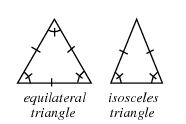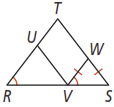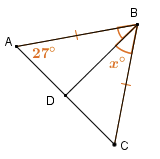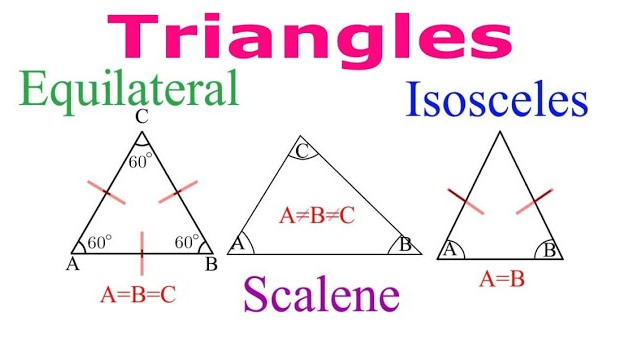Unit 4 Lesson 5 Isosceles and Equilateral Triangles
Unit 4 Lesson 5: Isosceles and Equilateral Triangles

Lesson Overview
Isosceles Triangle Theorem
What You Will Learn
- how to classify triangles based only on information about the lengths of their sides
- identifying triangles with only information given on the angles
Additional Resources
Overview

Essential Understanding
The angles and sides of isosceles and equilateral triangles have unique relationships. Isosceles triangles are common in the real world. You can frequently see them in structures such as bridges and buildings, as well as in art and design. The congruent sides of an isosceles triangle are its legs. The third side is the base. The two congruent legs form the vertex angle. The other two angles are the base angles.
This course is based on a textbook that is viewable by clicking on the textbook icon. Keep the textbook open while you go through the lesson so that you may refer to it throughout the lesson.
Lesson 5: Isosceles and Equilateral Triangles
Proceed to the Next Page
Prepare for Application
Instructions
You have now studied isosceles and equilateral triangles. It is now time to demonstrate your learning. Try the activities below on your own.
You should be able to answer these before beginning the practice.
Do these activities in your journal.
Activity 1
 Use the figure below for questions 1-2.
Use the figure below for questions 1-2.
- Is congruent to ? Is congruent to ? Explain.
- Can you conclude that is isosceles? Explain.
Activity 2
What is the value of x in the figure below?

Activity 3
Refer to Problem 3 on page 253 of your textbook. Suppose the triangles are isosceles triangles, where , , and are vertex angles. If the vertex angles each have a measure of 58°, what are and ?



